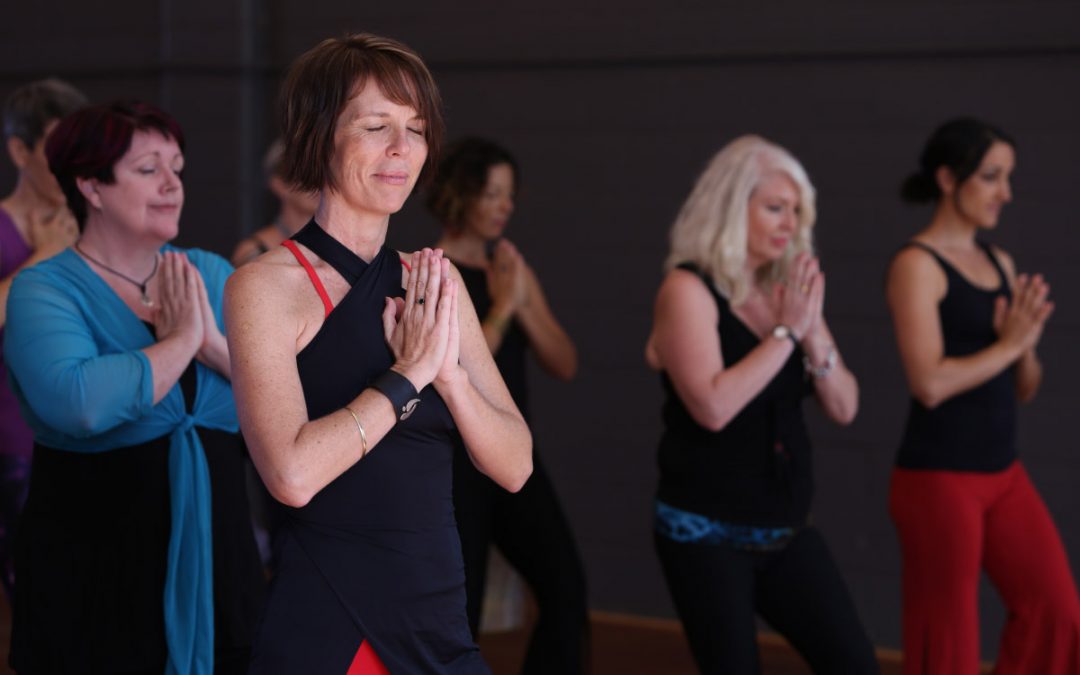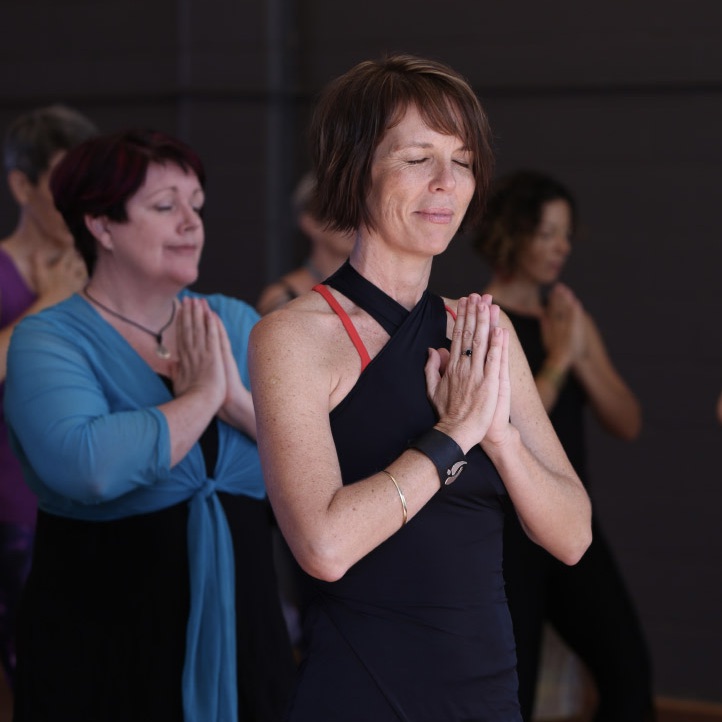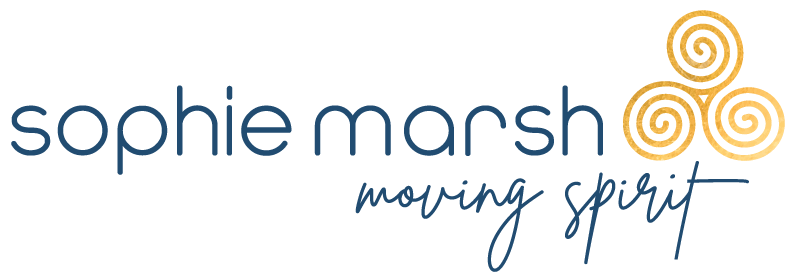
HOW TO HARNESS YOUR BREATH FOR TRANSFORMATION AND SELF-HEALING
HOW TO HARNESS YOUR BREATH FOR TRANSFORMATION AND SELF-HEALING


“Our breathing is a stable solid ground that we can take refuge in. No matter what is going on inside us – thoughts, emotions, or perceptions – our breathing is always with us, like a faithful friend. Whenever we are carried away by our thinking, when we are overwhelmed by strong emotions, or when our minds are restless and dispersed, we can return to our breathing.” ~ Thich Nhat Hanh
Inhale, exhale, repeat. Breathing – it’s an autonomic reflex and the foundation of life.
The body knows how to do this simple act without our interference – we do it 23,000 times every day! Yet our thoughts, feelings and perceptions can change the depth and rate of our breathing, setting off a cascade of physical changes that promote either stress or relaxation.
Right now, feel into your body and remember the worst that you’ve felt in this last week. Yep… the worst! What do you notice in your body? Contracted slump, quickening heart rate, shallow breaths, tight chest? Okay… shake that off (literally, give yourself a good shimmy.) Now, recall the best that you’ve felt in this last week. Feel into a moment of pleasure or gratitude. Embody the feeling and make it even bigger. Did you just take a deep breath? The quickest way to change your mind, is to change your body and energy. Conscious breathwork is a really easy way to do that. (So is dancing Nia!)
Breath has been at the heart of most meditation, mindfulness, yoga and conscious movement practices for hundreds to thousands of years.
It’s revered as a conduit of lifeforce energy, the movement of spirit, a way to anchor “monkey mind” and bring awareness into the body. It was a central part of my training in Mindfulness Based Stress Reduction, Pelvic-Heart Integration, and Trauma Sensitive Yoga. As with many ancient practices, science is now affirming the powerful benefits of breathwork as a tool for transformation and self-healing.
Nia’s creator Debbie Rosas loves to say, “Smell the moment.” Try it out now… take a slow sip of air through your nostrils and softening your jaw, gently exhale through your mouth. Do it several times, extending your exhale a little more each time. As the relaxation response kicks in, you might notice a build-up of saliva in your mouth. That’s your parasympathetic nervous system being activated to calm the brain.
Another gift of focussing on your breath is that it brings you into the present moment and enhances your sensory experience. The senses are immediate, alive, here now. As you breathe and isolate each sense, it creates feelings of connection, purpose and meaning.
TRY THE FIVE SENSES BREATH TECHNIQUE (downloadable pdf coming soon)
In contrast, sitting for prolonged periods online can cause screen apnea – breath holding or shallow breathing. Over time, screen apnea can disrupt your sleep, lower your energy levels, interfere with your ability to focus and think quickly, lead to or exacerbate depression, anxiety and other mood disorders, and cause systemic inflammation and stress-related illness.
“When you’re looking at a screen, your breathing changes. You’re like an animal in stalking mode.” ~ Dr. Belisa Vranich, Breathe: The Simple, Revolutionary 14-Day Program to Improve your Mental and Physical Health
It’s well documented that learning to relax is one of the most important keys to long-term health and vitality.
When you inhale, you receive energy and life; when you exhale, you let it go. Most of us have been under prolonged stress for so long, we’ve forgotten what deep relaxation feels like and according to psychologist Dr Belisa Vranich, 9 out of 10 of us have been breathing incorrectly since childhood.
Why does breathing correctly matter?
How we breathe deeply affects our physical, mental, emotional and spiritual fitness and wellbeing. In Traditional Chinese Medicine, the lungs relate to grief and loss. Grief is a normal response to anger, loss, and violence. When the trauma affects an entire community, country or the world, it is known as collective grief and we’ve been riding it in relentless waves. Over time, our breathing, muscles, and posture can get stuck in fight, flight or freeze stress-response patterns, and so we’re unable to move through the stages of grief.
What can we do to self-heal?
Breathwork is one of the most effective tools to activate the vagus nerve and improve the mind-body connection. When we combine intentional breathing with Nia 5 Stages it’s an even more powerful way to re-pattern our breath, realign our core postural muscles and calm our nervous system. Of course, Nia’s blend of mindfulness, music, movement and community connection is also wonderful medicine.
It’s the practices that we prioritise every day that prepare us for when life throws us a curve ball or we feel generally overwhelmed. Being able to consciously control our breathing in times of stress and anxiety can improve how we feel and how we respond.
Experience the healing and transformative power of intentional breathing
Check out some of the many breathwork resources available or join me via YouTube for a 9 minute 5 Stages practice. In addition to integrating breathing techniques in our Nia classes, stay tuned for some upcoming online mindfulness and breathwork sessions with me or contact me for one-on-one appointments, in person or online.
MBSR meditation with Jon Kabat-Zinn – 4 minutes
LETTING GO – 9 Magic Breaths meditation with Tara Brach – 6 minutes
WIM HOF METHOD – free mini class of power breathing
BREATHWORK CLASS – with Chris Keener – 45 minutes
HOW TO BREATHE and why most of us are doing it wrong – Dr. Belisa Vranich TEDx – 10 minutes
BREATHE – Joe DiStefano TEDx (at 12 minutes – learn how he uses 5 Stages with professional athletes) – 17 minutes
10 Physical and Mental Health Benefits of Breathing Exercises
- feeling calmer, more focussed and non-reactive
- lowers blood pressure and heart rate
- improves immune system functioning
- better balance of oxygen and CO2 in the blood
- increases physical energy
- improves metabolism and digestion
- more compassion, less rigidity
- increases inner peace and mental clarity
- decreases symptoms of trauma and PTSD
- helps release suppressed grief
YOU MIGHT LIKE: 5 Ways to Boost Your Body + Brain Health
Sophie Marsh © 2022 • Web Design Seedhead




